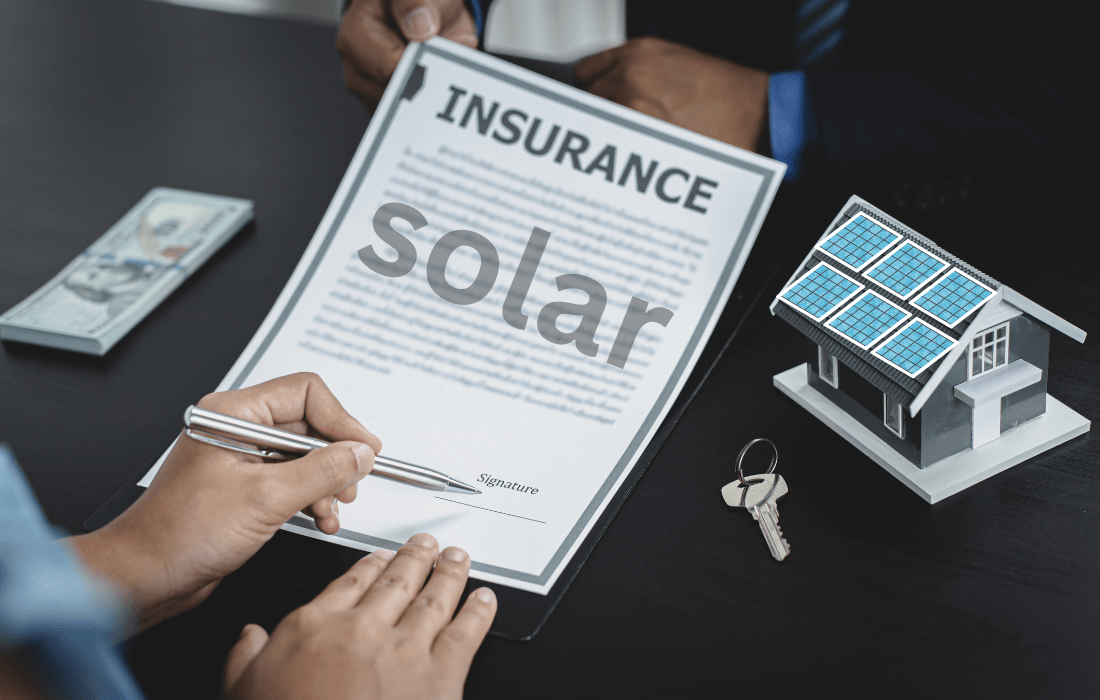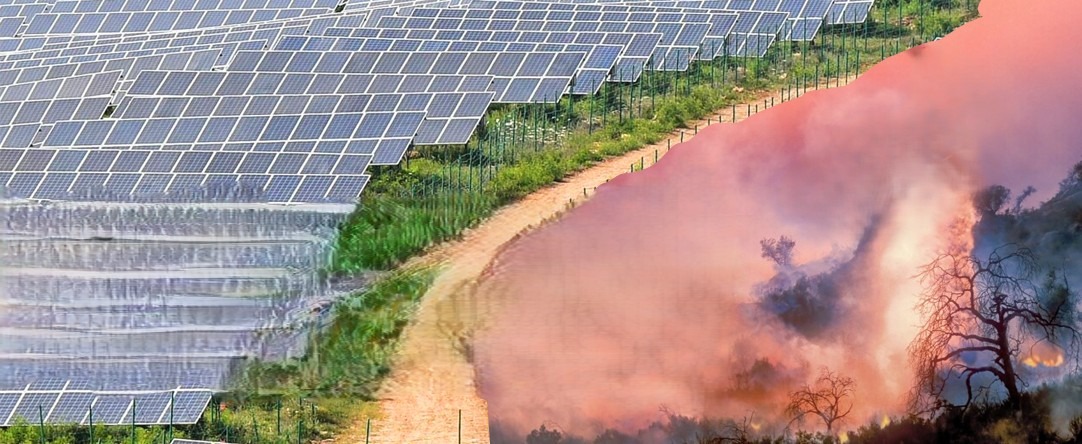Installing solar panels is a long-term investment—usually 25 years or more. While panels are durable, they are still exposed to risks like storms, fire, theft, or accidental damage. This is where solar insurance becomes important.
What is Solar Insurance?
Solar insurance is a policy that provides financial protection for your solar PV system against:
• Natural disasters (cyclones, floods, lightning, hail).
• Fire accidents.
• Theft or vandalism.
• Electrical or mechanical breakdown (in some cases).
Why Do You Need Solar Insurance in India?
India faces harsh weather conditions in many regions—cyclones in coastal areas, dust storms in the north, and heavy rains in the south. Even a small accident or theft can cost lakhs in repair or replacement.
With solar insurance:
✅ You protect your financial savings.
✅ Banks and lenders (if you took a loan) often require insurance.
✅ It gives peace of mind over a 20–25 year lifespan.
DIY Solar Insurance – How to Get Started?
Step 1: Approach Insurance Companies
Many insurers in India, like ICICI Lombard, HDFC Ergo, SBI General, and New India Assurance, offer renewable energy or solar-specific insurance.
Step 2: Know What’s Covered
Ask for:
• Panel damage due to weather/fire.
• Inverter and battery cover.
• Theft or burglary protection.
• Optional loss-of-income cover (if your solar plant sells electricity).
Step 3: Decide Sum Insured
• The sum insured = total cost of your solar system (panels + inverter + battery + installation).
• Example: If your 5kW system costs ₹3,00,000, insure for that amount.
Step 4: Compare Premiums
• Premiums are usually 0.5% – 1% of the system cost annually.
• A ₹3,00,000 system may cost ₹1,500 – ₹3,000/year for insurance.
Step 5: DIY Documentation
• Keep your bill of purchase, warranty papers, and photos ready.
Tips for DIY Solar Insurance:
• Bundle it with home insurance to reduce costs.
• Renew the policy yearly without fail.
• Read exclusions carefully (some insurers don’t cover gradual wear & tear).
• If you sell excess power to the grid, check if the loss of generation can be covered.
Alternatives to Insurance (Extra Protection):
Even with insurance, you can protect your panels by:
• Installing CCTV cameras and anti-theft bolts.
• Using lightning arrestors.
• Scheduling annual maintenance.
Conclusion:
Solar insurance is often overlooked in India, but it is one of the smartest ways to secure your solar investment. By taking a DIY approach, you can directly compare policies, avoid unnecessary middlemen, and choose coverage that suits your needs.




